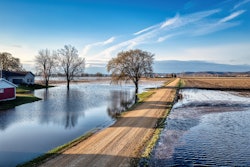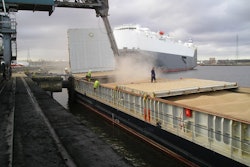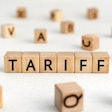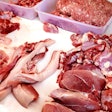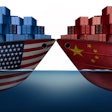
Soy production in Argentina has been the largest commodity planted there, until a few years ago, when corn gained ground. Soybean production is decreasing, and this year will be the lowest since the beginning of this century. Notwithstanding, the soybean complex is the largest generator of foreign currency in Argentina. Within the complexity of the foreign exchange policy in that country, there is even a one-dollar exchange rate called “soy dollar!”
Argentina was also the largest soybean meal exporter in the world, a ranking lost to Brazil this year. Now it is the second largest, mainly due to drought and the impact of idle land.
On the other hand, the EU is the largest importer of soybean meal in the world. Spain and Poland are the most important markets for Argentina’s soybean meal exports. EU regulations are pushing for a sustainable soybean meal, free of deforestation. Argentinians have 2025 as the target to export all soybean meal with sustainable characteristics.
Last week, Viterra, a leading multinational company in the ag industry, completed the first export of 100% sustainable soybean meal from Argentina, destined to Spain. This soybean meal comes from deforestation-free fields, whose grains were segregated and crushed to guarantee traceability throughout the production chain.
This simply demonstrates the company’s and Argentina’s leadership when it comes to sustainable agriculture as well as its positive impact on communities, competitive advantage and commitment to a long-term business model. But it also shows that it responds as well to customers’ demands.
I was wondering if this will turn out to be the beginning of something new or just a “niche” market. How are other countries responding to this? Is someone else caring about the environment and sustainability for sourcing commodities? Will the rest follow this path? Or are we just simply dismissing climate change warnings?
It is not enough to place solar panels in poultry farms. More needs to be done. Here is an example.
What do you think?



